When it comes to capturing the vibrant rhythms and timeless melodies of New Orleans, few pianists embody the city’s spirit like Tom McDermott. A professional pianist and composer, McDermott has spent more than four decades refining his craft while keeping alive the traditions of ragtime and New Orleans piano.
Born in St. Louis in 1957, McDermott discovered music early. He began piano lessons at age 7 and was performing professionally by the time he turned 16. His early start marked the beginning of a career that would cross genres and continents.
“I grew up surrounded by music,” McDermott said. “From the beginning, I knew the piano would always be a part of me.”
After earning a Master of Music degree from Washington University in 1982, McDermott made a pivotal move: he relocated to New Orleans. There, he found a city where music flowed through every corner, from jazz clubs to brass parades.
“The city’s history and rhythms shaped me in ways no classroom ever could,” McDermott said. “Yeah, I got a Master of Music, but I wouldn’t say that helped me — what helped me was going out into the world, making connections and learning the art for myself.”
To understand McDermott’s artistry, one must first understand ragtime piano. Ragtime emerged within African American communities in the late 19th and early 20th centuries, particularly between the 1890s and 1910s. Known for its syncopated — or “ragged” — rhythm, ragtime featured a steady, march-like left hand paired with playful, offbeat melodies in the right. Its roots trace back to the lively dance events known as “rags,” hosted by African Americans during and after slavery. Scott Joplin, often called the “King of Ragtime,” helped bring the style to national prominence.
“Ragtime is really America’s first popular music,” McDermott said. “It’s the bridge between classical tradition and jazz, and it still has the power to make people move.”
Throughout the 1990s, McDermott performed with the Dukes of Dixieland, one of New Orleans’ most celebrated jazz groups. His time with the ensemble allowed him to explore traditional jazz on a larger stage. In 1994, he co-founded the New Orleans Nightcrawlers, a brass band that blended traditional street-parade sounds with adventurous arrangements. The Nightcrawlers earned wide recognition and, in 2020, won their first Grammy Award for Best Regional Roots Album for their record Atmosphere.
“Being part of the Nightcrawlers was about more than music,” McDermott said. “It was about experimenting, about finding new ways to tell the story of New Orleans through sound.”
As a solo artist, McDermott has released 17 CDs, receiving praise from The New York Times, Rolling Stone, and the Los Angeles Times. His catalog spans ragtime, New Orleans R&B, and original compositions. But his curiosity has also taken him beyond American borders. Since 2001, McDermott has traveled extensively to Brazil, where he studied and recorded choro, a sophisticated style sometimes referred to as the Brazilian cousin of ragtime.
“Brazilian music taught me about rhythm in a whole new way,” he said. “It reminded me that music is a conversation across cultures.”
Despite his international reach, McDermott remains most at home behind a piano in New Orleans. His performances, whether solo or in collaboration, are infused with warmth and storytelling. He still performs regularly at restaurants in New Orleans.
“My biggest joy out of my career is performing,” McDermott said. “I miss the atmosphere, and doing duets is my favorite.”
Over the years, McDermott has become both a guardian and an innovator — protecting ragtime’s history while adding his own voice to its evolution. His respect for tradition is matched by his willingness to experiment, whether with brass bands, solo improvisations, or Brazilian rhythms.
From the syncopated flair of ragtime to the soulful drive of New Orleans R&B and the intricate textures of choro, Tom McDermott’s music is a testament to the city he calls home. More than just a pianist, he is a storyteller, a cultural bridge, and a reminder that New Orleans is not just a place — it’s a sound.

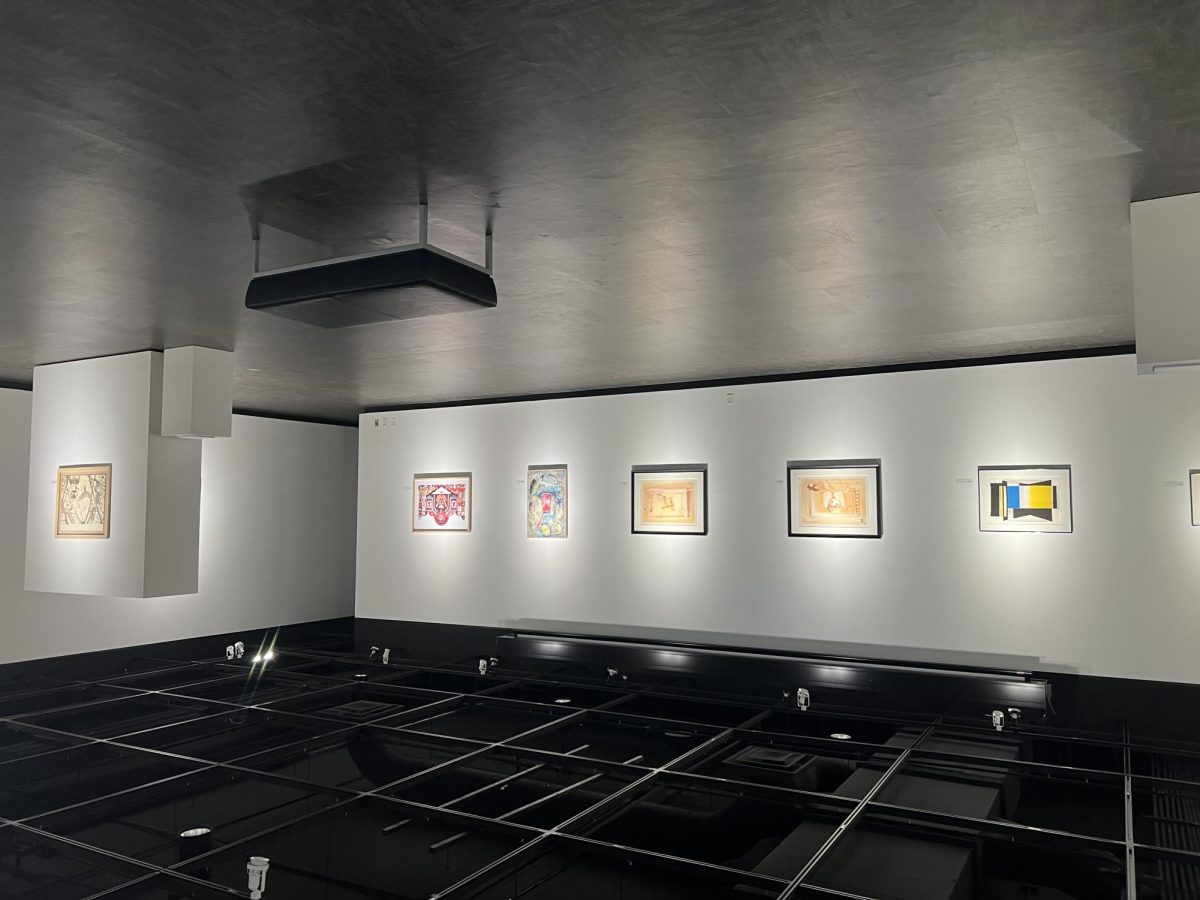




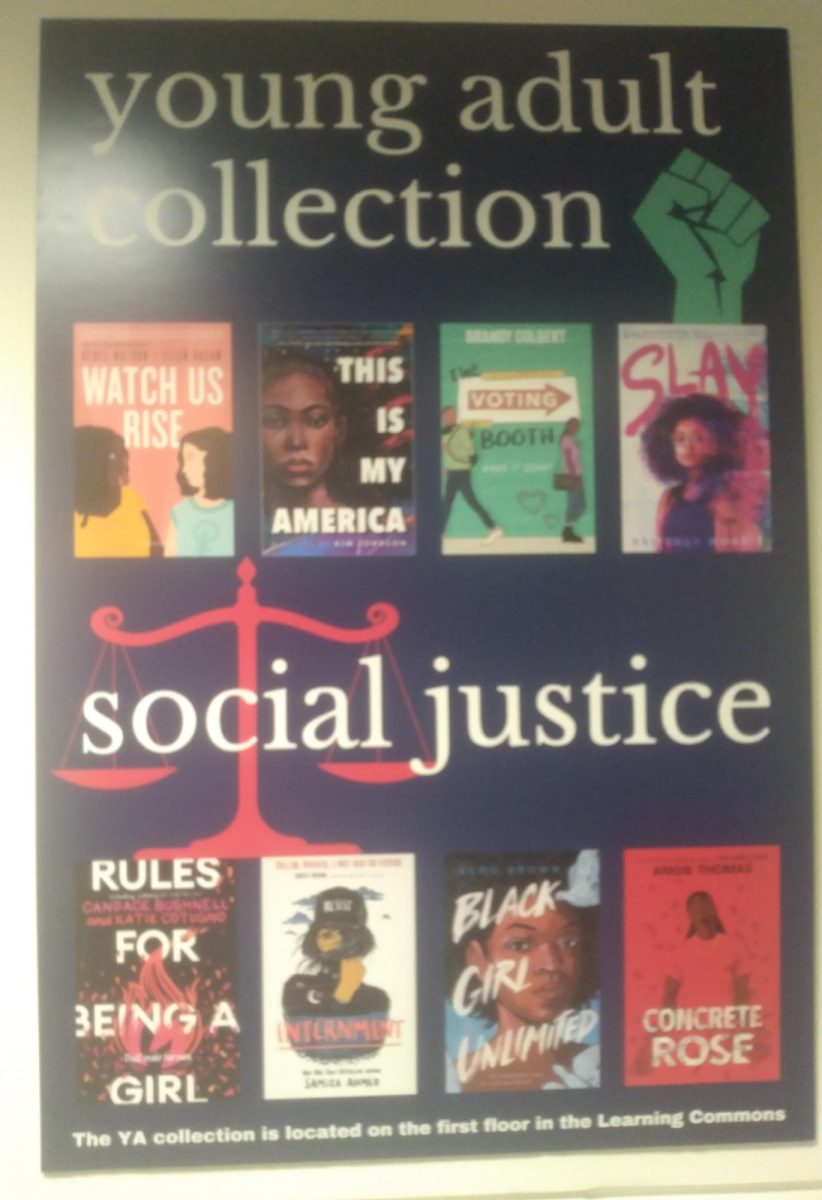
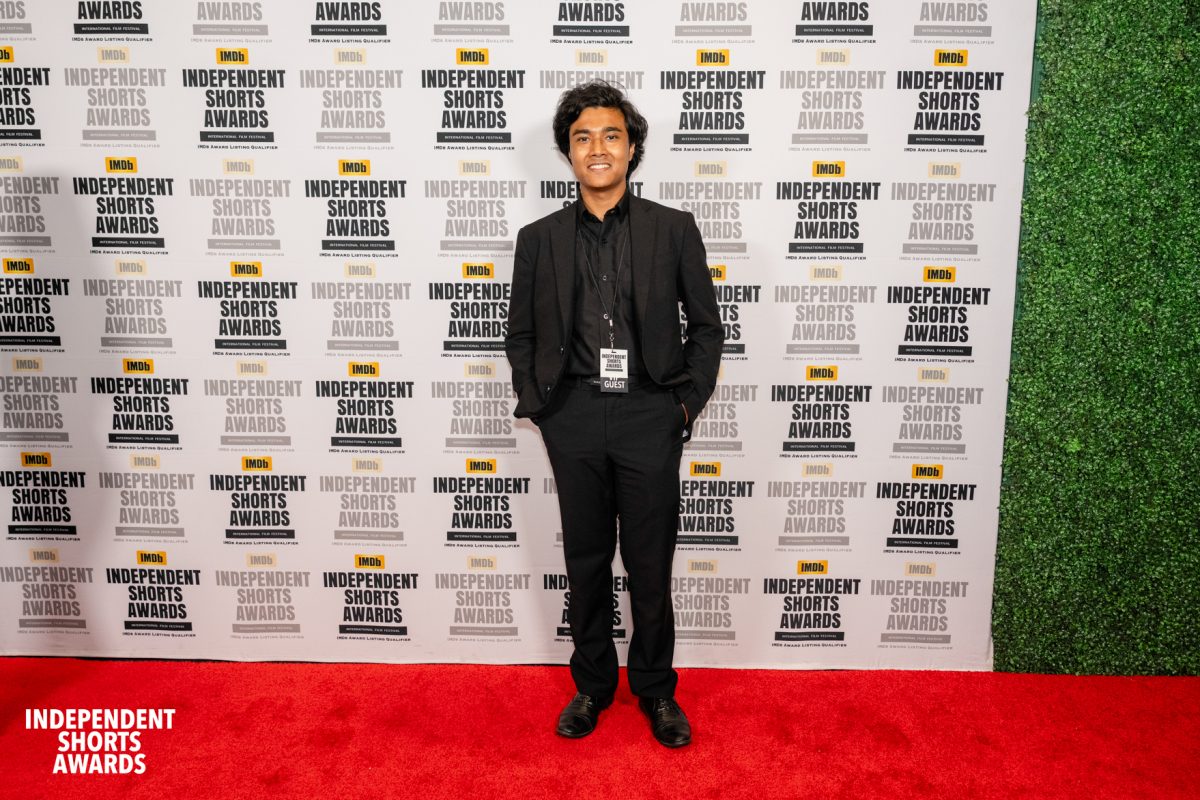
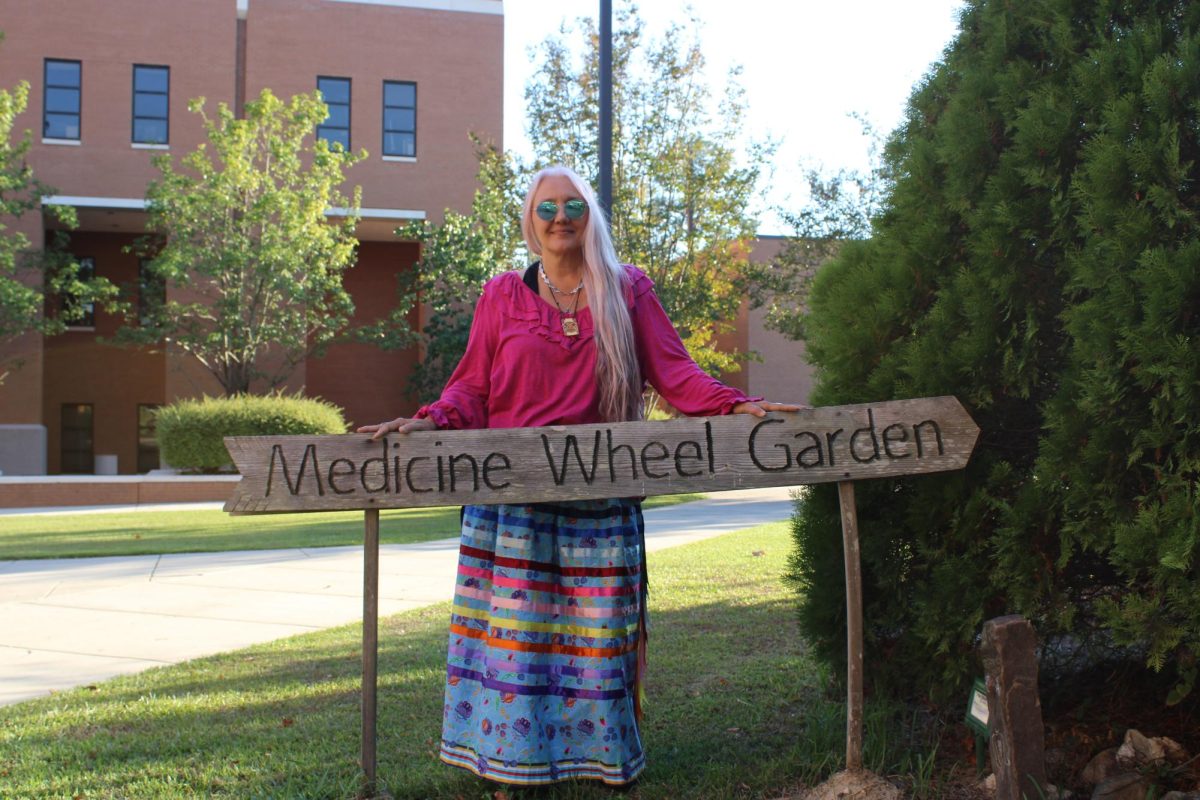
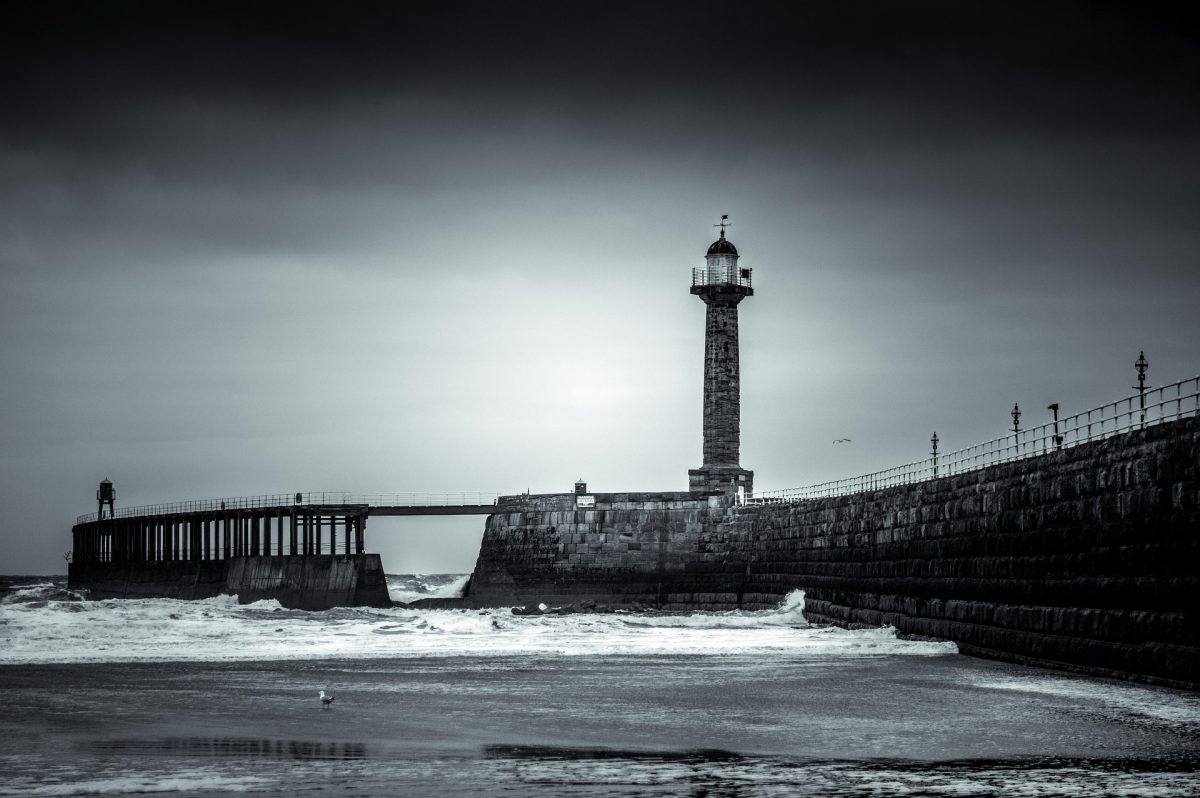


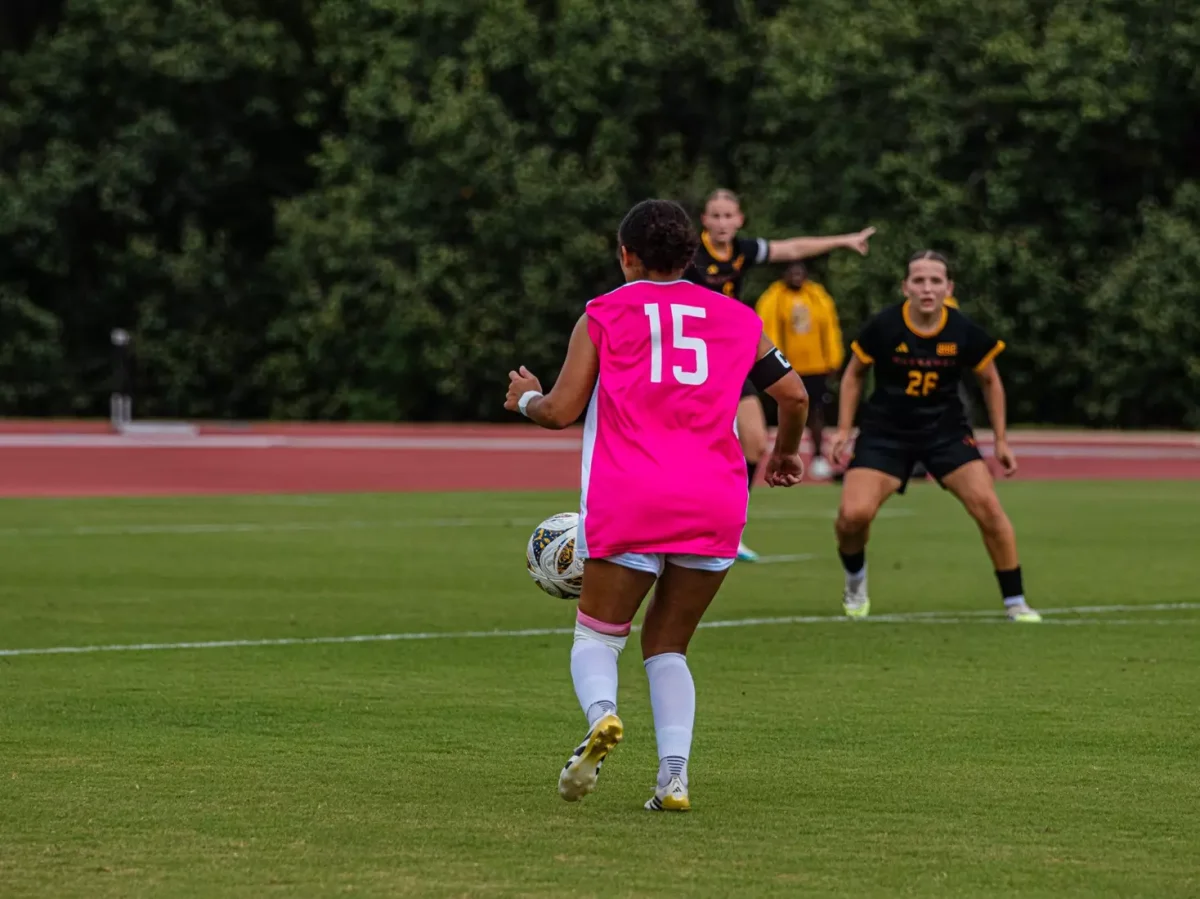
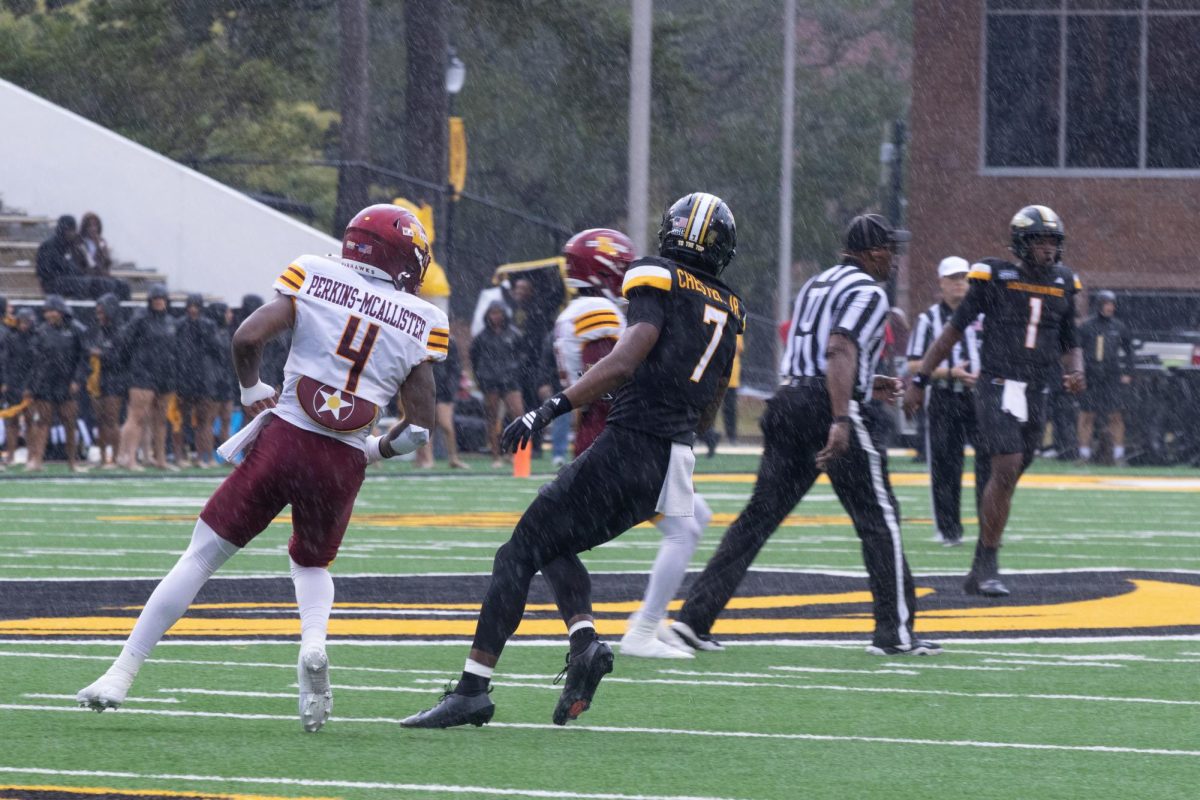
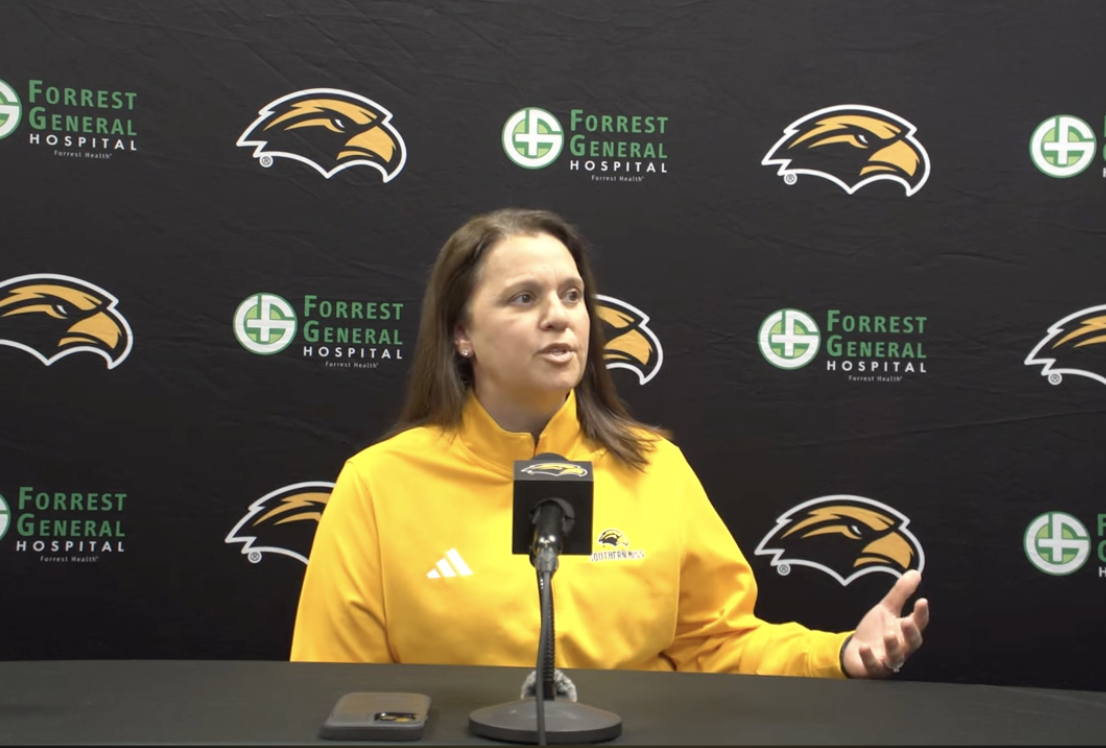




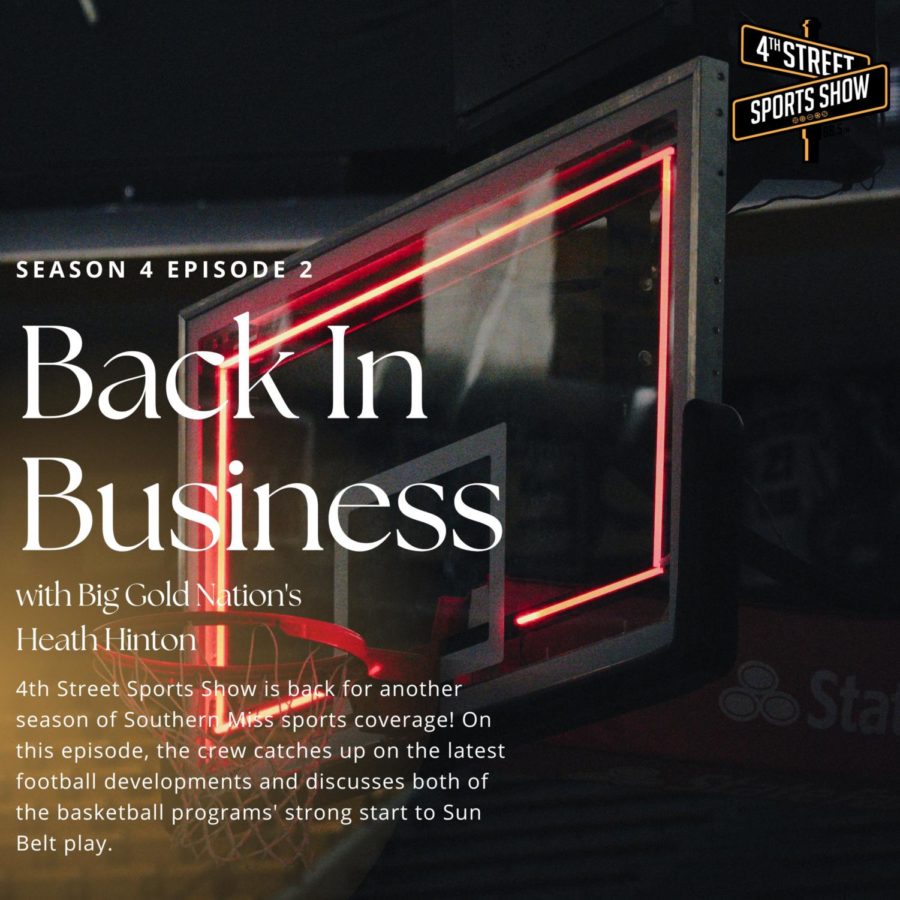
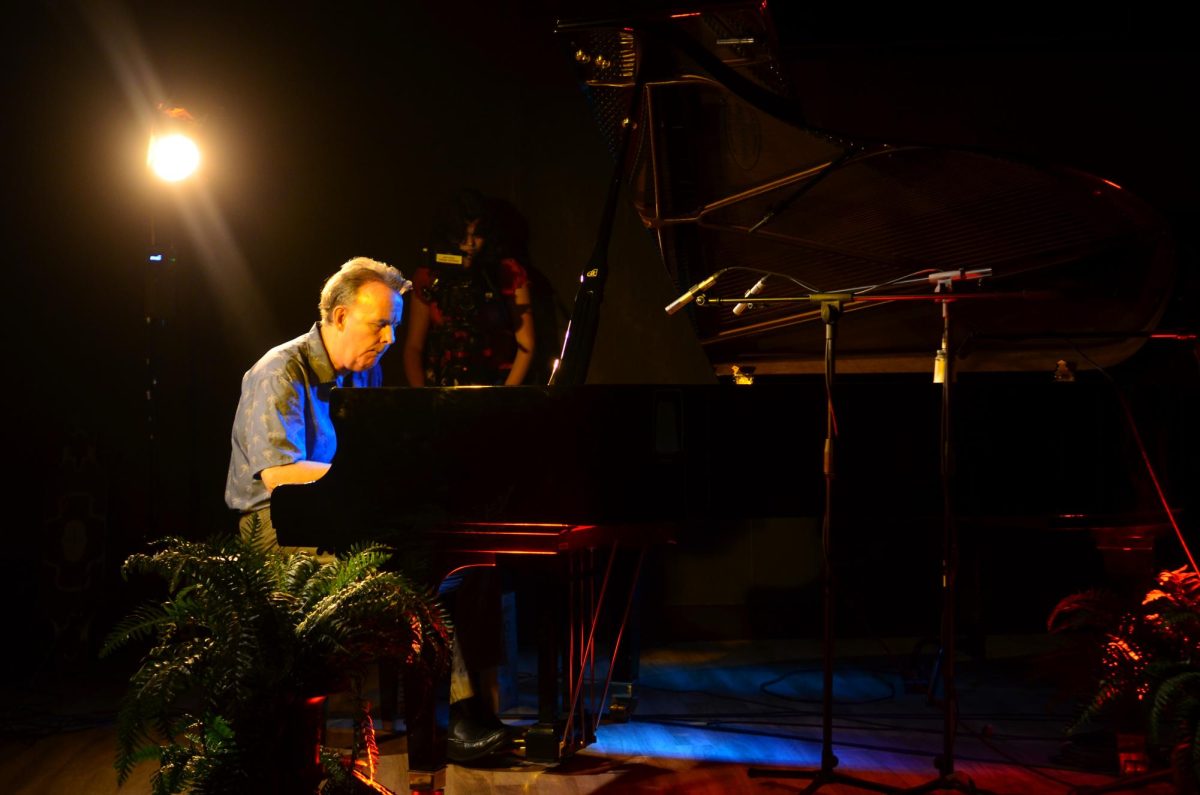
Patrick Ross Mackey | Oct 4, 2025 at 9:26 pm
This is a great profile written about a great artist!